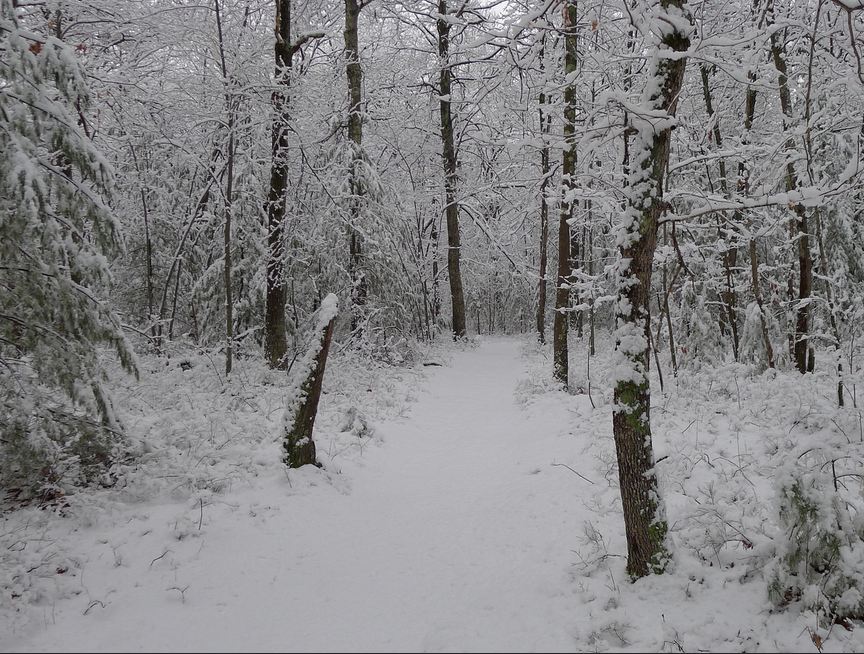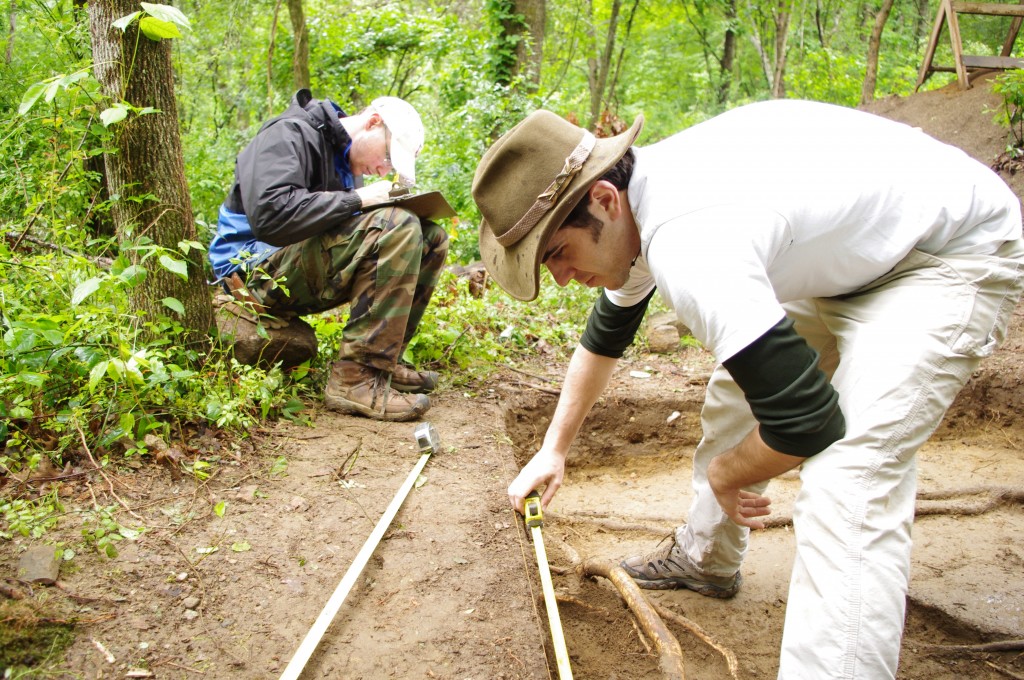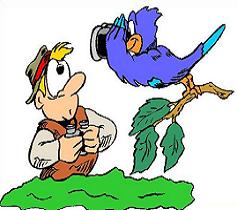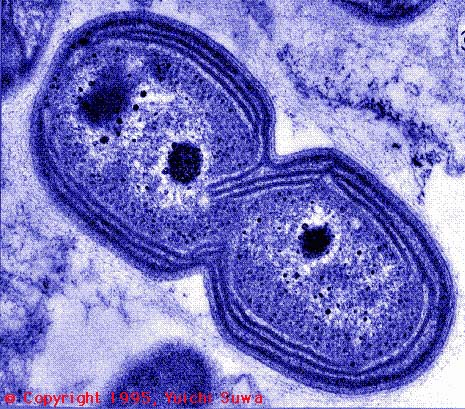|
Blackstone River Watershed Association
|
|
|
BRWA NEWS
|
Newsletter Milestone
This is our 50th issue of the BRWA
e-newsletter! Each month, we let you know about local and regional
issues concerning the Blackstone River watershed. We teach you a
little watershed science, help get youth engaged, and show how you
can make a positive difference in the watershed at home, at work, or
in your community. And we also take time in our “Reflections” section
to help you experience the intrinsic beauty of the river and its
surrounding landscape.
Just in the past two years, our readers have learned about wetland
soils and plants, northern watersnakes and macroinvertebrates, and
bacteria and kingfishers. We've connected families to events like
salamander migration and eelgrass-bed restoration, and discussed
activities such as nature photography and children’s stories about
rivers. Readers got green tips about camping, fireplaces, natural
lawns, and more. In our “Reflections" section, we shared watershed
poetry, sounds, photographs, paintings and sculptures to inspire
readers.
Do you know someone who should be receiving the BRWA
e-newsletter? If so, let them know that it's as easy as going to our
website and clicking on Newsletters in the upper right corner.
top
|
Winter Hike
Winter at Hassanamesit Woods.
Photo Credit: Robert Aberg.

|
Just in time to burn off holiday calories and shake off winter
lethargy, the BRWA invites you to join us for our annual winter hike on
Sunday, January 25th from 1:00 - 3:00 pm at Hassanamesit Woods in
Grafton. This is a beautiful property with a fascinating history tied
to the Nipmuc Indians. This rich ecological community includes oak
forests, shrub and grassland habitat, and vernal pools and seeps.
Managed jointly by Grafton's conservation and historical commissions,
it abuts additional land trust properties and drains to the nearby
Quinsigamond River, shortly before emptying into the Blackstone River.
The two-hour hike will be led by naturalist and BRWA Project Coordinator
Susan Thomas.
Archaeological Project at Hassanamesit Woods.
Photo Credit: Fiske Center Blog - Heather Law Pezzarossi.
Fiske Center for Archaeological Research at UMass Boston.

|
Wear appropriate footwear for the uneven ground, which may be snow
covered or muddy depending on the weather. Following the hike, we will
return to the parking area for warm drinks and refreshments.
Participants should meet at the gated end of Salisbury Street, which is
located off of Keith Hill Rd. in Grafton near Rt. 122.
Directions are available at:
http://www.graftonland.org/directions.php?pid=200.
For more information, or to RSVP, please e-mail
events@thebrwa.org.
We hope you can join us!
top
|
See You on the Blackstone!
In addition to our annual winter hike, the BRWA is
offering several other opportunities for you to get involved with the
Blackstone in 2015. Mark your calendars now and pass along the dates
to your friends and co-workers. To paraphrase Dr. Seuss, the more you
go, the more you'll know. The more you know, the more you'll
appreciate the value of the Blackstone River and its watershed.
The journey of environmental stewardship begins with the first step
(or cleanup, or cast, or paddle!). Watch our website for details as
these events approach.
- Sunday April 19th: Annual Earth Day Cleanup
- Saturday May 2: Fishing Derby co-sponsored with Alternatives Unlimited, Inc.
- Saturday June 6: A Day on the Blackstone.
top
|
|
12/14 - 1/5
|
Christmas Bird Count.
National Audubon. Uxbridge and Worcester area.
See below for details.
|
|
1/10
|
Blackstone Canal Conservancy Work Day.
9am. Meet at Plummers Landing west parking area,
Church Street, Northbridge. For info, contact Dave Barber 508-478-4918 or email
DGBarber@cs.com.
|
|
1/21
|
Blackstone River Watershed Council Monthly Meeting.
6:30pm - 8:30pm. Lincoln RI.
info
|
|
1/22
|
BRWA Board Meeting.
6:45 p.m. to 8:00 p.m. 271 Oak St., Uxbridge.
info
|
|
1/25
|
BRWA Annual Winter Hike.
1 - 3p.m. Hassanamesit Woods, Grafton.
Park at end of Salisbury Street by gated entrance to trails.
See above for more information.
|
top
|
THINK GLOBAL, ACT LOCAL
|
Narragansett Bay Journal
Just released by the Narragansett Bay Estuary
Program, this publication contains a variety of pieces focusing on the
ecology, threats, and protection of the bay and its wide-reaching
watershed. It includes the 2014 Watershed Counts Report, which this
year focused on freshwater and marine beaches.
Narragansett Bay Journal
(PDF).
The Journal also features a report on the potential adverse impacts that
sea-level rise will have on the coastal marshes of Narragansett Bay.
This should be required reading for all residents of the Blackstone River
watershed since the two ecosystems are so intimately linked.
top
|
Letters Needed in Support of Draft Storm Sewer General Permit
Last month, we reported that the U.S. EPA issued
a draft general permit designed to improve water quality protection for
wetlands and waterways throughout Massachusetts by better regulating
small storm sewer systems (MS4). The Massachusetts River Alliance,
which previously released model comments for the public hearings, has
now issued a model comment letter
(PDF)
(MS Word)
that can be modified by groups or
individuals to speak out on behalf of the stronger water protection that
we all need! The permit directly affects residents of Bellingham,
Blackstone, Grafton, Hopedale, Mendon, Millville, Northbridge, Sutton,
Upton, and Uxbridge, and Millbury.
Focus your letter on the specific stormwater concerns in your
neighborhood and community. Are you an angler looking to protect
fisheries? Is your concern with other terrestrial and aquatic wildlife
that require clean water for survival? Do you worry about the quality of
your drinking water? What about the loss of groundwater recharge from
increased impervious cover in our watershed? We strongly urge
residents to submit a letter to the EPA before the deadline of
December 29th!
top
|
Christmas Bird Count

From December 14th through January 5th, National
Audubon will be running the 115th annual Christmas Bird Count. The
information collected by birders helps conservation biologists track the
long-term trends in bird populations. One of 34 geographic count
circles in Massachusetts encompasses a 7.5 mile radius around the
intersection of Rt 146 and Rt 16 in Uxbridge. Another count circle is
based in Worcester.
Details can be found at
http://birds.audubon.org/get-involved-christmas-bird-count
top
|
|
SPOTLIGHT ON SCIENCE
|
Beneficial Aquatic Bacteria
By John P. Roche
When you hear mention of bacteria in fresh
water, the bacterium E. coli may come to mind, a coliform
bacterium that, while usually benign, can cause disease when some
specific strains are present. But there are far more types of bacteria
in fresh water than E. coli, and bacteria play a central and
beneficial role in the health of aquatic ecosystems.
Bacteria form the base of the food web in aquatic habitats. They
perform the necessary function of breaking down dead organic material,
and they provide food for larger organisms, such as microscopic
zooplankton, which in turn provide energy for even larger species, such
as macroinvertebrates and fish.
Appreciating aquatic bacteria is a little easier if you learn to assign
them to several basic types. Some are known as heterotrophic
bacteria—these bacteria get energy by decomposing dead organic
material. Others are known as autotrophic bacteria—they use CO2 and
sunlight to make energy, and they can live where oxygen is absent. They
are abundant in water-logged, anaerobic soils found in wetlands.
A third group of bacteria are known as chemolithotropic bacteria:
they get their energy by oxidizing—that is, pulling electrons
from—inorganic compounds such as ammonia, sulfur, and hydrogen.
Chemolithotropic bacteria are among the most important aquatic
bacteria, and the ones that oxidize nitrogen are particularly important
because they facilitate the cycling of nitrogen in ecosystems, and they
break down toxic nitrogen compounds. This is crucial because when
organic material in water breaks down, the process releases ammonia,
which is toxic to many organisms. Nitrogen-processing bacteria come in
two types: nitrifying bacteria and denitrifying bacteria.
Some nitrifying bacteria species oxidize ammonia (NH3) into
nitrate (NO3, which is less toxic), and other nitrifying bacteria
species oxidize nitrate to nitrite (NO2). These bacteria consume
phosphate as they do this, making less phosphate available for algae,
which can beneficially suppress algal growth. Denitrifying bacteria, on
the other hand, break down nitrite into nitrogen gas, which is non-toxic.
Through their role in breaking down dead organic material, aquatic
bacteria are vital to water quality. Autotrophic bacteria are generally
present in freshwater habitats, but they are slow to consume dead
organic material. Aerobic bacteria decompose dead organic material more
quickly, and thus can have a more pronounced effect on water condition.
Because of this beneficial property, aerobic bacteria can be added to
ponds to increase pond water quality as a management tool, and such
bacteria are even available for purchase commercially.
Now that you have had a quick review of beneficial aquatic bacteria,
the next time that you hear bacteria mentioned, you can appreciate that
they are a diverse and vitally important component of healthy waterways.
top
|
|
REFLECTIONS
|
“It is not half so important to know as to feel.” Rachel Carson
Silence gets a leading role this time of year. Leaves have fallen
from the trees and no longer give the wind something to rattle. Streams
freeze over, muffling the sound of rushing and gurgling water.
Songbirds have long since departed, as have the musical insects of
summer and early autumn. The sounds of winter slowly take over the airwaves.
These include the unearthly sounds emitting from frozen ponds and lakes as ice cracks and expands.
http://www.allwaysnorth.com/Tenaya1-13am2UW.wav
http://silentlistening.wordpress.com/2008/05/09/dispersion-of-sound-waves-in-ice-sheets/.
The ceaseless whine of wind-swept snowstorms.
https://www.youtube.com/watch?v=u153b2MO5Lg.
The yips and howls of coyotes carrying over long distances on an otherwise quiet, snow-covered landscape.
http://www.soundboard.com/sb/wild_coyote_sounds.
And the eerie communications of owls that fill our dark evenings.
http://www.allaboutbirds.org/guide/Eastern_Screech-Owl/sounds.
http://www.allaboutbirds.org/guide/Barred_Owl/sounds.
In her novel, Jacob's Room, Virginia Wolf wrote "“Melancholy were the
sounds on a winter's night.” However, I would argue that the ice, snow,
winds, coyotes, and owls produce a winter melody as beautiful as
spring's songbirds and frogs or summer's crickets and katydids.
top
|
Views & opinions expressed in linked websites do not necessarily
state or reflect those of the BRWA.
|
|
Your input is crucial to this eNewsletter. If you have a local
watershed-related story, information of interest to our subscribers, or
comments about this publication, drop an email to the editor.
The Blackstone River Watershed Association (BRWA) has a mission to
engage, educate and advocate for improved water quality in the Blackstone
River Watershed; its objectives are to:
- Engage the public in watershed stewardship activities,
- Educate members, supporters and watershed residents on watershed protection strategies, and
- Improve the water quality and esthetics of the Blackstone River Watershed’s water bodies.
The BRWA eNewsletter is published monthly by the Blackstone River Watershed
Association. BRWA is a 501(c)(3) non-profit organization.
Editor: Susan Thomas susan.thomas@thebrwa.org
Mailing address: BRWA, 271 Oak Street Uxbridge, MA 01569
Phone: 508-278-5200 Web: www.thebrwa.org
Click here for back issues.
|
|





